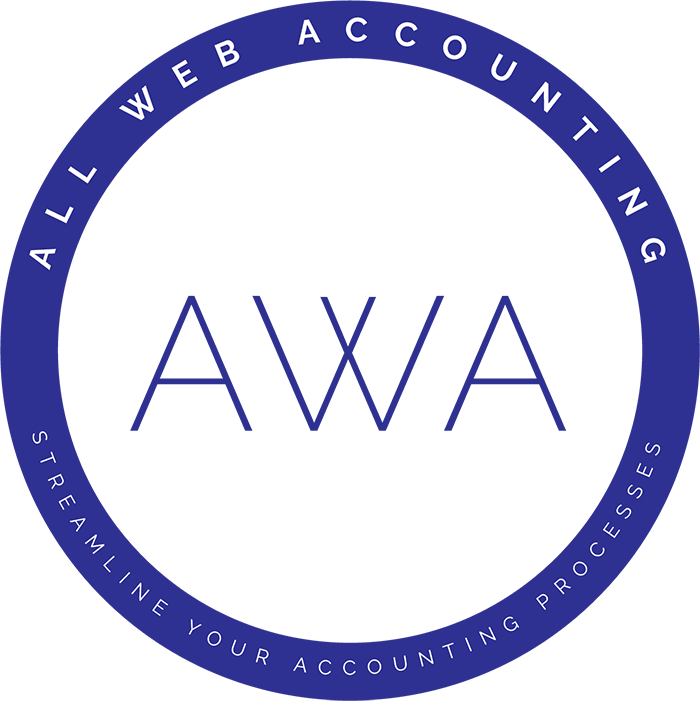Steps to Set Up an Emergency Fund for Your Business

Running a business comes with its fair share of uncertainties. Whether it’s an unexpected tax bill, a sudden drop in sales, or equipment failure, financial emergencies can arise at any time. Having an emergency fund is crucial to keeping your business stable during tough times. A well-planned money emergency fund ensures that you can cover unforeseen expenses without disrupting your operations or relying on high-interest loans.
In this guide, we will walk you through the essential steps to building an emergency fund for your business.
1. Assess Your Financial Needs
The first step in setting up an emergency fund is determining how much you need to save. A good rule of thumb is to have enough to cover three to six months of operating expenses. To calculate this amount:
- Review your business expenses, including rent, payroll, utilities, insurance, and supplies.
- Identify essential vs. non-essential costs.
- Use Intuit QuickBooks or other bookkeeping software to track expenses accurately.
Once you have a clear understanding of your monthly costs, set a realistic savings goal.
2. Open a Separate Business Savings Account
To prevent the temptation of using emergency funds for daily expenses, open a separate savings account specifically for this purpose. Look for an account that offers:
- No monthly fees
- High-interest rates
- Easy access when needed
Consulting a CPA or searching for a tax accountant near me can help you choose the best financial institution for your business.
3. Establish a Consistent Savings Plan

Consistency is key when building an emergency fund. Consider these strategies:
- Allocate a fixed percentage of your monthly revenue to your emergency fund.
- Automate transfers from your business checking account to your savings account.
- Cut unnecessary expenses and redirect those funds into savings.
Even small contributions add up over time. The important part is to stay committed to your savings plan.
4. Prioritize Emergency Fund Contributions
Treat your money emergency fund like a non-negotiable business expense. Before spending on new equipment or expansion, ensure your emergency savings are on track. If you’re struggling to find extra funds, consider:
- Reviewing and reducing non-essential subscriptions
- Negotiating better deals with vendors
- Offering promotions to boost revenue
5. Use Windfalls Wisely
If your business experiences a financial windfall, such as a tax refund or an unexpected profit surge, consider allocating a portion to your emergency fund. This will help you reach your goal faster without straining regular cash flow.
6. Define When to Use the Emergency Fund
Your emergency fund should be reserved for true financial emergencies, such as:
- Sudden drops in revenue
- Equipment or property damage not covered by insurance
- Unexpected legal or compliance costs
- Economic downturns impacting your industry
Avoid using these savings for routine expenses, planned upgrades, or non-essential purchases.
7. Replenish After Use
If you ever need to dip into your money emergency fund, create a plan to restore it as soon as possible. Increase savings contributions or set aside a portion of your next few months’ profits until your fund is back to a comfortable level.
8. Monitor and Adjust Regularly
Financial needs evolve over time, so reviewing your emergency fund periodically is essential. Work with a CPA or look for accountants near me to reassess your savings target based on business growth and changes in expenses.
Regular reviews such as ensure that your emergency savings remain sufficient and aligned with your business’s financial situation.
Conclusion
Setting up an emergency fund for your business is a proactive way to protect against financial setbacks. By assessing your needs, saving consistently, and maintaining discipline in fund usage, you can create a safety net that ensures business continuity during tough times.
Whether you’re a small business owner or an established entrepreneur, working with a CPA or using Intuit QuickBooks for bookkeeping can make managing your finances easier. Start today and build a strong financial foundation for your business’s future!
